If you’re looking for a thoroughly old and authentic traditional Japanese village, traveling to the city of Takayama in Gifu Prefecture is a must. Truth be told, due to its well-preserved antiquity, it has earned the title of being Japan’s “Little Kyoto” — a title which I agree with! (Takayama Attractions)
After all, Takayama is more low-key and rustic than the predominantly booming and modern Kyoto. Add the fact on how it is nestled deep within the stunning Hida Mountains, then it surely becomes a wonderful choice for witnessing an older Japan. The town’s well-preserved latticed wooden buildings even date back to the Edo Period (200 to 300 years ago), thereby making it a great testament to the resident’s historical expertise in carpentry.
TRIVIA: It is said that the carpenters in Takayama have built key landmarks around Japan such as the Imperial Palace in Kyoto and some other temples in Kyoto and Nara.
To give you an idea of this town that’s brimming with antiquity, let me share with you my personal experience when I visited Takayama attractions earlier this year — so that hopefully, I can pique your interest in making this a part of your Japan itinerary!
You can also jump to the second section of this post where I discussed in detail the other things that you can do IN and OUTSIDE of the city.
If you’re more into videos, come and take a peek into the vlog I made below which showcases my visit to Chubu Region (Takayama attractions are featured at time slot 02:38).
» Quick Travel Planning
» RELATED READ:
– Japan Itinerary
– Chubu Itinerary
Exploring Takayama Attractions
I traveled to Takayama from Nagoya and Gujo-Hachiman during my grand 5-day itinerary for Chubu region. Going by what I’ve seen, traveling to Takayama can be such a breeze no matter if you’re traveling from Nagoya (2hrs), Kyoto (3hrs), or Tokyo (4hrs) given the well-connected shinkansen (bullet trains) around Japan.
I would have loved to stay in Takayama for days but I only had a free day left for it, so in the end, I didn’t manage to cover everything — however, what I’ve done was more than enough to get a first feel of the town. First up:
» Morning Markets (Asaichi)
From my hotel in Hida Hotel Plaza, it was an easy 10-minute walk to one of the two morning markets that are famous Takayama attractions.
Apparently, these Morning Markets started more than 300 years ago. Today, it typically opens at 7:00AM and closes at noon, and you can either go to Jinya-mae Market in front of the Takayama Jinya museum or to Miyagawa Market along the Miyagawa River in the Old Town.
Me and my other companions for this trip opted to go for the closest one: the Miyagawa Market. We arrived at around 8:00AM and our Japanese guide-slash-translator immediately exclaimed how lucky we were that the market wasn’t so crowded yet. From then on, we each took our sweet time inspecting the stalls and the goods that they were selling.
Despite the language barrier, the shop owners were very kind and welcoming as they urged me to have a taste of the items that they were selling. One particular stall that caught my interest was this charismatic guy who was all smiles when he offered me a kind of pastry that was yellow and square.
Our guide was swift to tell me that it was a cake made of egg and marshmallows. She proceeded to point at some of the images on the side and said that it was somehow a famous fare because he was featured before on a Japanese TV show. It was only ¥100 a piece so I gladly bought one!
Naturally, it tasted like marshmallow but with hints of sweetness. It’s akin to s’mores but this one was fluffier in texture!
After enjoying my snack, I proceeded to do some more window shopping with the others. I really enjoyed it even if I ended up not buying anything (I realized that I forgot my money at the hotel) because discovering the unique goods that the shop owners were selling was already an interesting experience for me!
Plus, the surrounding area and the Miyagawa river were quite picturesque as Takayama attractions.
– – –
» Old Town (Sanmachi)
Not too far from the Morning Markets and the shopping district is Takayama’s famous Old Town. Right from the moment that we stepped in this area, I was in awe with the rows and rows of streets that were filled with old wooden latticed buildings!
After visiting Kyoto a year before, I could clearly see how it was akin to it.
If you’ve been to Kyoto like I do, you would know how the place is packed with tourists; that’s why I couldn’t help it at times when I started to feel that Takayama was preferable than Kyoto in some ways.
It helps to note by the way that the Japanese Government made this Old Town a “Nationally-Recognized Important Historical Building Preservation Area” — which is rightly so as one of the famous Takayama attractions!
If you go further south of the Old Town, you will land on Sannomachi Street which is arguably the prettiest street given the number of lovely homes, shops, restaurants, and sake breweries.
I was told by our guide that some of these establishments have been in operation for centuries now. Imagine that!
Most of the shops in Sannomachi Street open from 9:00AM to 5:00PM, but there are some that open around 10:00AM most especially the:
- Hida Kotte Ushi Restaurant: serves delectable sets of sushi made of Hida beef
- Gyuman Kihachiro (喜八郎): serves mouth-watering Hida beef buns
TRIVIA: In case you don’t know, Hida is a ridiculously delicious 1st-class Japanese beef that rivals the other famous kinds of beef in the country like Kobe or Matsuzaka. The meat quality of Hida is classified A/B rank and 5/4/3 grade — which basically just means that it’s THE BOMB! Needless to say, whhen you’re in this region, you MUST try a taste of this kind of beef.
We were running short on time so we didn’t manage to catch their opening time — but for you, I hope you get to try them out!
In the end, what I did end up trying and buying was sake or Japanese rice wine.
One of the shop owners in Sannomachi (Funasaka Shuzo Brewery) made us try various types of sake that they were selling, and before I started to get drunk, I decided to buy their refreshing yuzu sake. This was mild in taste and made of the citrus fruit called yuzu. With its flavor, you can drink it as is, use it as a salad dressing, or mix it with stronger sake, etc.
If you’re not a fan of strong alcoholic drinks, I highly suggest that you buy a yuzu sake! (Cost: ¥1,400 per bottle). In case you don’t want something lemony, they have other fruit-flavored sake made from grapes, plum, etc.
NOTE: Other than walking, you can enjoy the Old Town on a rickshaw. For 30 minutes, it typically costs ¥5,000 yen for 2 persons. If you want something shorter or longer, they are also available.
– – –
» Sakurayama Hachimangu Shrine
The Sakurayama Hachimangu Shrine is just a 10-minute walk away from the Old Town. This beautiful Shinto (an ethnic religion of Japan) shrine is not only an ideal place to walk around in, but it’s also an ideal place to introduce yourself to one of the country’s unique places of worship (if in case you haven’t seen a Shinto shrine before).
Entering here is free and as the oldest shrine in town, it customarily sponsors one of the Takayama Festivals in October (the Autumn part) — a famous event that features large floats filled with lanterns.
• • •
TIP: If you have more time than I do, then please continue reading below to see the other Takayama attractions that you can see.
• • •
Other Things to Do in Takayama
» Events
Takayama Festival
As I’ve mentioned previously, Takayama is known for its ‘Takayama (Matsuri) Festival’ which is held twice a year: in spring (April 14 and 15) and autumn (October 9 and 10).
- Spring Festival: festival of the Hie Shrine located in the southern half of the Old Town. It is also called as Sanno Festival because the shrine is known as Sanno-sama as well.
- Autumn Festival: festival of the Hachiman Shrine in the northern half of the old town. (Also called as Hachiman Festival).
TRIVIA: It is said that these festivals are one of the most beautiful festivals in Japan alongside Kyoto’s Gion Matsuri and Chichibu’s Yomatsuri thereby attracting HUGE numbers of visitors every year!
What basically happens is that each of the spring and autumn festivals will parade about a dozen of tall festival floats (yatai) that are exquisitely decorated are paraded together with musical performances, lion dances, marionette dances, and more. They are all incredible pieces of art that’s why it’s no wonder that Takayama is crowded during these times.
If in case you’re not able to visit during the festival, don’t worry! After the event, the floats are stored and some are even scattered around some spots in Takayama’s Old Town such as the Takayama Festival Floats Exhibition Hall, Sakayama Hachimangu Shrine, etc. For a set of replica floats, they are exhibited all year round at the Matsuri no Mori festival museum.
For more info, visit: https://www.hida.jp/english/festivalsandevents/4000105.html
» Inside or Near Takayama
akayama Festival Floats Exhibition Hall
As I mentioned above, after the Takayama Festival is done, some of the floats are exhibited here (also called Takayama Matsuri Yatai Kaikan). It helps to note that these floats are often hundreds of years old, signifying the great artistry of the people of Hida.
To get here will take just about a 20 to 25-minute walk from Takayama Station.
ADMISSION: ¥900
HOURS: 8:30AM to 5:00PM (March to November) and 9:00AM to 4:30PM (December to February)
• • •
Festival Forest (Matsuri no Mori まつりの森)
Open all year round, you can find life-sized replica floats in Matsuri no Mori in order to get a better and closer view of its exquisite designs and karakuri dolls. (Karakuri are marionettes that are operated by puppeteers during the Takayama Festival).
Given this place’s underground location, you will feel as though you’ve chanced upon a grand secret as you walk through the hallways that are not only filled by festival floats in Takayama but also from other cities as well (like Kyoto). Moreover, you will also find huge taiko drums displayed here that are said to be the biggest drums in the world. If you come at the right time, you can even enjoy the sounds of these instruments during one of their scheduled shows.
DIRECTIONS: Ride the Sarubobo Bus near Takayama Station for ¥210 (takes 15 minutes)
ADMISSION: ¥1,000 (¥800 via online coupon)
HOURS: 8:30AM to 5:00PM (March to November) and 9:00AM to 4:30PM (December to February)
• • •
Yoshijima Heritage House
This is one of the Takayama attractions that used to be a sake brewery (as evidenced by the huge sakabayashi circle sign outside that’s made of Japanese ceder leaves) and today, it is one of the best houses to visit in Takayama if you want to closely see the intricate architectural design that it has. It is said that you can see the wealth and quality of the construction by the size of the beams in the house! Besides, with today’s times, it will be hard to find enough tall trees to make a similar house design.
Once you’re done examining the house, you can rest in the garden in the back with your free tea.
DIRECTIONS: Just a 17-minute walk away from Takayama Station
ADMISSION: ¥600 with a free cup of shiitake tea
HOURS: 9:00AM to 5:00PM (March to November), 9:00AM to 4:30PM (Wednesdays to Sundays, December to February)
• • •
Hida Minzoku Mura Folk Village (Hida no Sato)
This is an open-air museum that is one of the top Takayama attractions and it is 2km west of the city. You can find over 30 traditional houses here from the Edo Period that are still being carefully preserved today — including a former village head’s house, some logging huts, and a few gassho-zukuri (gassho = “hands in prayer” style house due to their steep thatched roofs, said to be moved from the nearby village of Shirakawa-go).
As a visitor, you can enter a lot of these houses and if you go to their Crafts Experience Center, you can even join workshops where you can learn how to make beaded key chains, sarubobo (popular red local doll), and ceramic cups. They range from ¥600 to ¥1,600 wherein you can take home the things you made as souvenirs.
DIRECTIONS: Ride the Sarubobo Bus at Takayama Station and stop at Hida no Sato Bus Stop (¥210 per ride)
ADMISSION: ¥700 (and ¥300 parking)
HOURS: 8:30AM to 5:00PM
• • •
Takayama Jinya
Due to the great number of resources for making wood, the region was ruled by the shogunate and Takayama Jinya was established as the local government office. Nowadays, it is a museum that exhibits items by past feudal lords, maps, and historic town plans. Beside it is a large complex that is now known as the biggest traditional rice storehouse in Japan.
DIRECTIONS: 10-minute walk from Takayama Station
ADMISSION: ¥430
HOURS: 8:45AM to 5:00PM (until 4:30PM from November to February; until 6:00PM in August)
• • •
Higashiyama Walking Course (Higashiyama Yūhodō)
One of the best Takayama attractions. This is a 3.5-kilometer walking course that will make you pass through the city’s temple town (Teramachi), the ruins of Takayama’s former castle, a forested hill, and some other village scenes that will depict rural Japan.
You can start from Sakurayama Hachimangu Shrine and up along the base of the hills. Rest assured, the path is marked with signs both in English and Japanese.
NOTE: On a clear day, you can clearly see the Japan Alps up on the steps of Hakusan-jinja Shrine.
» Outside Takayama City (Side Trips)
Takayama is an amazing gateway to some of Chubu region’s best, namely:
Shirakawa-go and Gokayama
Lying beside the Shogawa River Valley in the remote mountains of Toyama prefecture are the UNESCO World Heritage Sites of Shirakawa-go (白川郷, Shirakawagō) and the neighboring Gokayama (五箇山) village. Both of these places are famous worldwide for their traditional gassho-zukuri style farmhouses that are styled like “hands in prayer”.
It’s said that some of the houses in these villages are over 250 years old and that the best way to experience the town is to stay overnight at one of the farmhouses.
To visit this place, read my travel guide below:
READ: Discover the Historic Villages of Shirakawa-gō and Gokayama in Japan
• • •
Kamikochi
With wondrous mountain sceneries, you can enjoy a day in Kamikochi by hiking along one of its many trails along the Azusa River or up the peaks of Yara-ga-take or Hodaka Range.
NOTE: Access here is closed from mid November to mid or late April. For a list of things to do, see here.
• • •
Onsen Town: Either Geroor Okuhida
One should NOT leave Japan without experiencing an onsen (hot springs) town — if not a ryokan (traditional Japanese inn). From Takayama attractions area, getting to either Gero or Okuhida will only take you an hour by bus which makes it a convenient stopover.
• • •
Gujo Hachiman
Gujo Hachiman is a charming old castle town that’s actually famous for its food and dishes called as ‘sampuru‘. And well… these are actually inedible and they are those fake food or food replicas that you usually see in front displays of Japanese restaurants.
It is said that 80% of Japan’s sampuru are made in Gujo; and because of this, there are workshops in town where you can try your hands on making your own. If you want to experience this unique activity, head over to my guide…
READ: Making Unique ‘Sampuru’ in Japan’s Fake Food Capital: Gujo Hachiman!
Once you’re done with making sampuru, you can explore the rest of Gujo’s amazing sights such as: Sogisui Source (to witness Gujo’s famous water system), Jionzenji Temple (a Zen temple with a beautiful Tetsuso-en Zen garden), Hachiman Castle (with a gorgeous hilltop location), and so much more!
For a complete travel guide on things to do in Gujo:
• • •
Furukawa
Also called Hida Furukawa, this town is smaller and calmer than Takayama but they both have an incredible preserved old town and a famous festival called the Furukawa Festival which also comes with floats.
From Takayama, getting here will just be a 15-minute train ride via the JR Takayama Line (from Takayama Station to Hida-Furukawa Station).
• • •
Shin-Hotaka Ropeway
Climbing about 1,000 meters beside Hotake Mountain Range (Japan’s 3rd highest peak), the Shin-Hotaka Ropeway is one of the largest elevation gains in Japan that offers magnificent views over Okuhida Region with its double-decker gondola cars.
DIRECTIONS: The lower station of the ropeway is connected by hourly buses to Takayama Station (90 minutes for ¥2,160 one way).
ADMISSION: ¥2,900 (roundtrip) or ¥1,600 (one way) from the bottom / ¥2,800 (roundtrip) or ¥1,500 (one way) from the first half of the ropeway, Nabedaira Kogen
HOURS: 8:30AM to 4:45PM (April to November), 9:00AM to 4:15 (December to March) / Longer hours in August, weekends and holidays in October
• • •
Takayama Travel Guide
» How to get to Takayama
From Tokyo. First, get to Nagoya Station by JR Tokaido Shinkansen Line (2 hours), and then from there, get to Takayama Station via the JR Takayama Line (limited express, 2 hours).
From Kyoto. Take the JR Tokaido Shinkansen from Kyoto to Nagoya (less than an hour), and then from there, get to Takayama Station via the JR Takayama Line (limited express, 2 hours).
From Osaka. From Shin-Osaka, ride the Shinkansen Line to Nagoya Station (1 hour) and then from there, get to Takayama Station via the JR Takayama Line (limited express, 2 hours).
From Nagoya. Ride the train to Takayama Station via the JR Takayama Line (limited express) which takes about 2 hours.
TIP: It’s best to purchase a JR Pass to ride these trains for FREE and at an unlimited number of times.
.
If you need further help, just use the directions feature in Google Maps — I find this as a very helpful tool if I want to reach a certain place from a particular location. (However, Google Maps doesn’t work offline if you want routes or transportation schedules, so I recommend that you get a pocket WiFi or a SIM Card to stay connected online).
» Where to Stay (Accommodations) in Takayama
Budget: J-Hoppers Hida Takayama Guest House / Mid-Range: Hida Hotel Plaza / Luxury: Honjin Hiranoya Kachoan
To search for other accommodation options at the best prices, I suggest checking out Agoda and Booking.com. (If you’re rather interested in renting affordable yet comfortable houses or apartments, always check AirBnB).
» How to Go Around Takayama
A lot of Takayama’s attractions are within easy walking distance from the city center. But if you ever need to go to places like Hida no Sato and Matsuri no Mori that are a bit outside the center, you just need to either: walk (albeit for long) or take 10 to 15-minute bus rides from Takayama Station via the Machinami Bus or Sarubobo Bus.
(You can purchase a 1-day pass for unlimited use of both of these buses for ¥620 only).
» Helpful Japanese Phrases
Hello: Konnichiwa (Kohn-nee-chee-wah)
Thank you (normal): Arigatō. (Ah-REE-gah-tohh)
Thank you (less formal): Arigatō gozaimas (Ah-REE-gah-tohh goh-zahy-mahs)
Thank you (informal): Dōmo (DOHH-moh)
Yes: Hai (Hai)
No: Iie (E-eh)
Goodbye (long term): Sayōnara (Sah-yohh-nah-rah) Goodbye (informal): Ja ne (Jahh neh)
Excuse me: Sumimasen (Soo-mee-mah-SEN)
I’m sorry: Gomen nasai (Goh-men-nah-sahy)
Is there someone here who speaks English?: Dareka eigo ga hanasemasu ka? (Dah-reh-kah ey-goh gah hah-nah-seh-mahs kah?)
Help!: Tasukete! (Tahs-keh-teh!)
Cheers!: Kanpai! (Kan-pie!)
• • •
Overall
Discovering hidden gems like these would definitely make the most of your Japan trip!
It’s clear to see after all that Takayama attractions are the kind of authentic Japanese sights that will delight you in more ways than one. Don’t you think so, too?

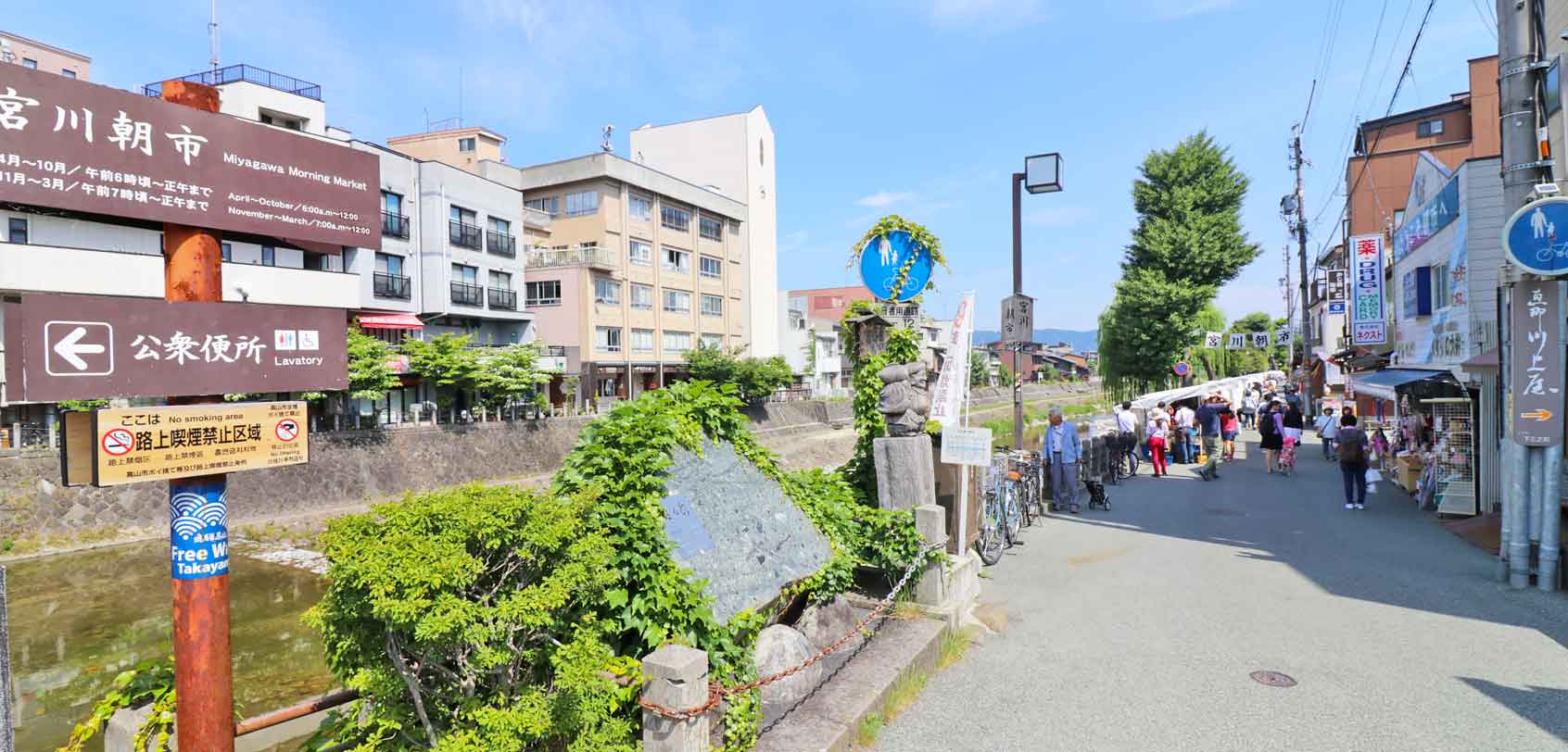
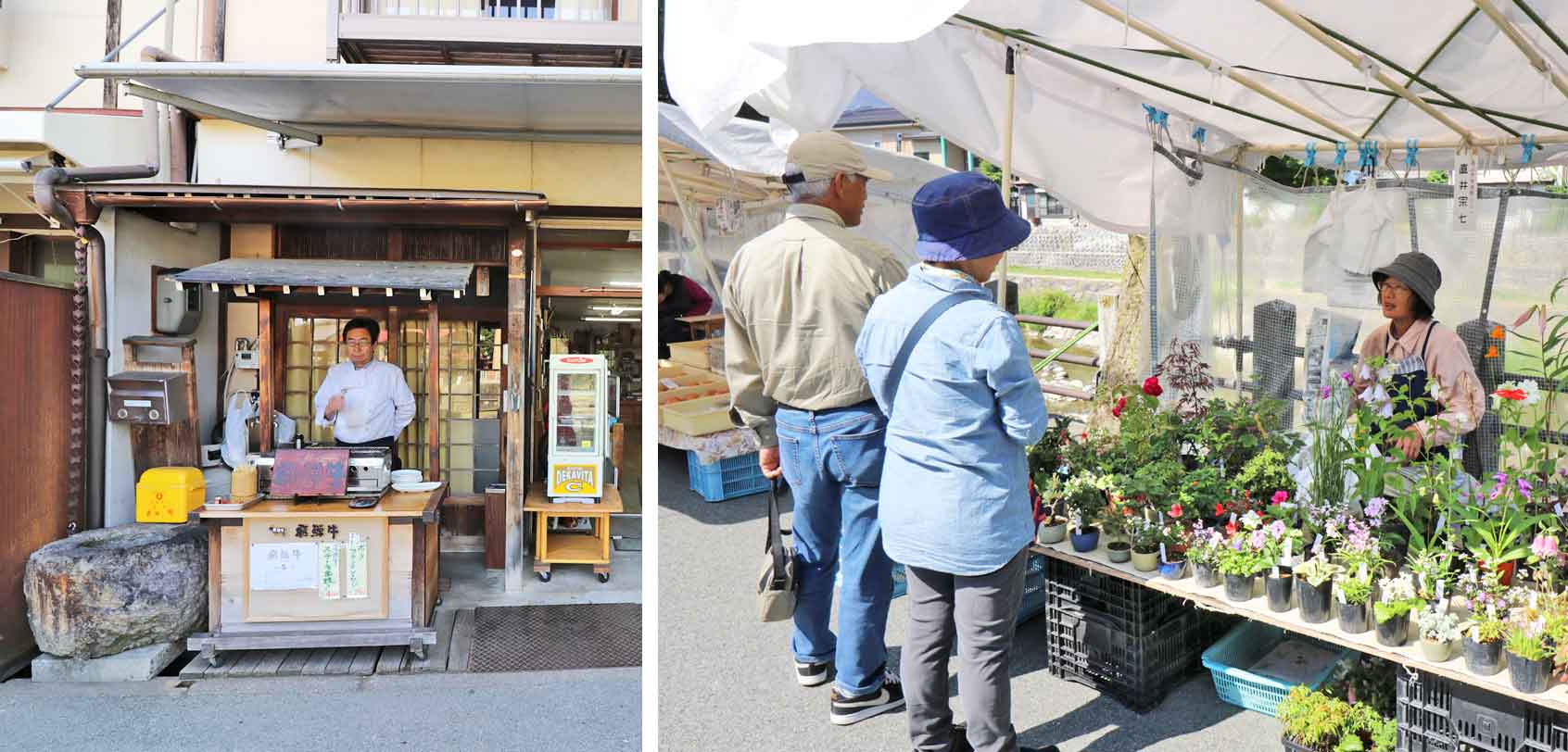
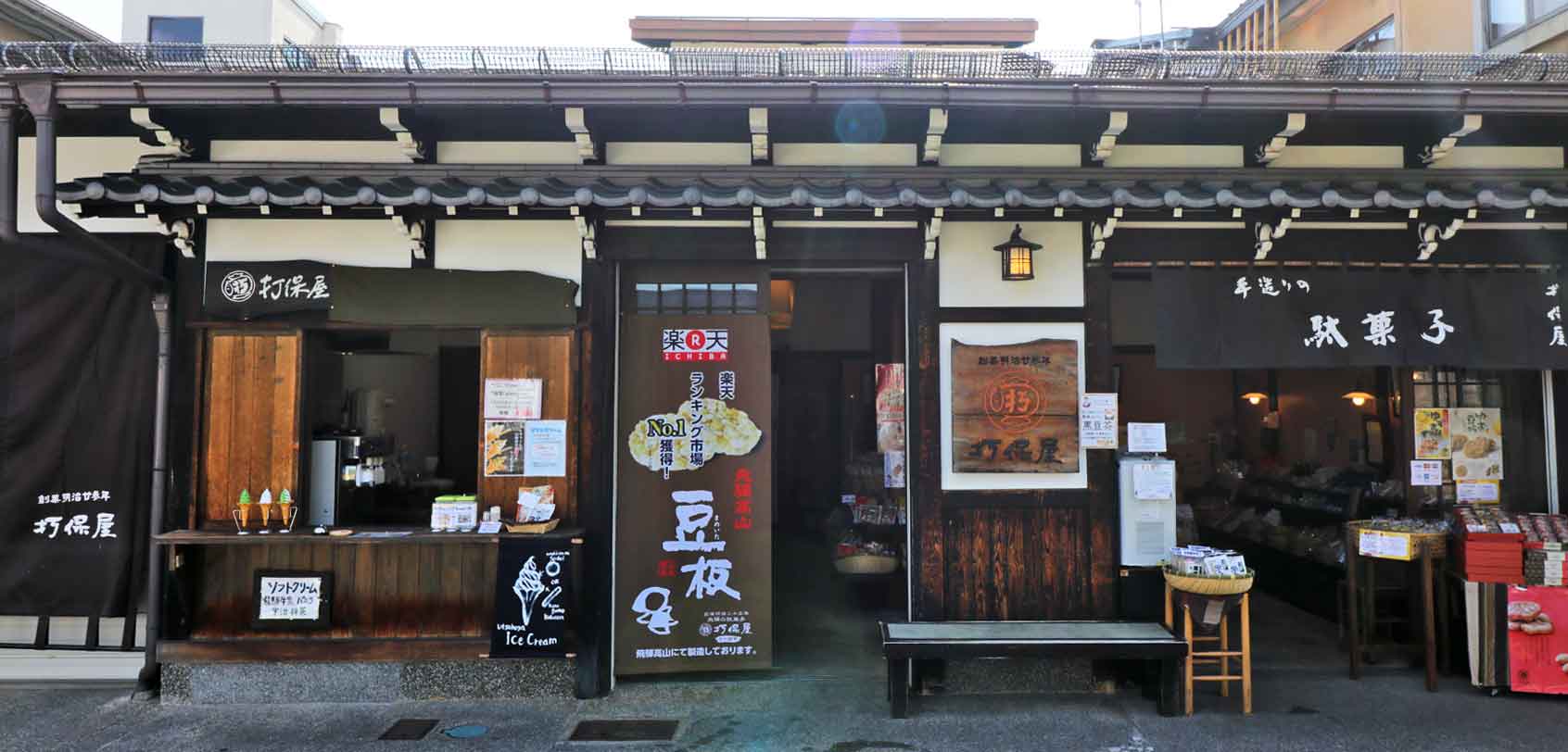
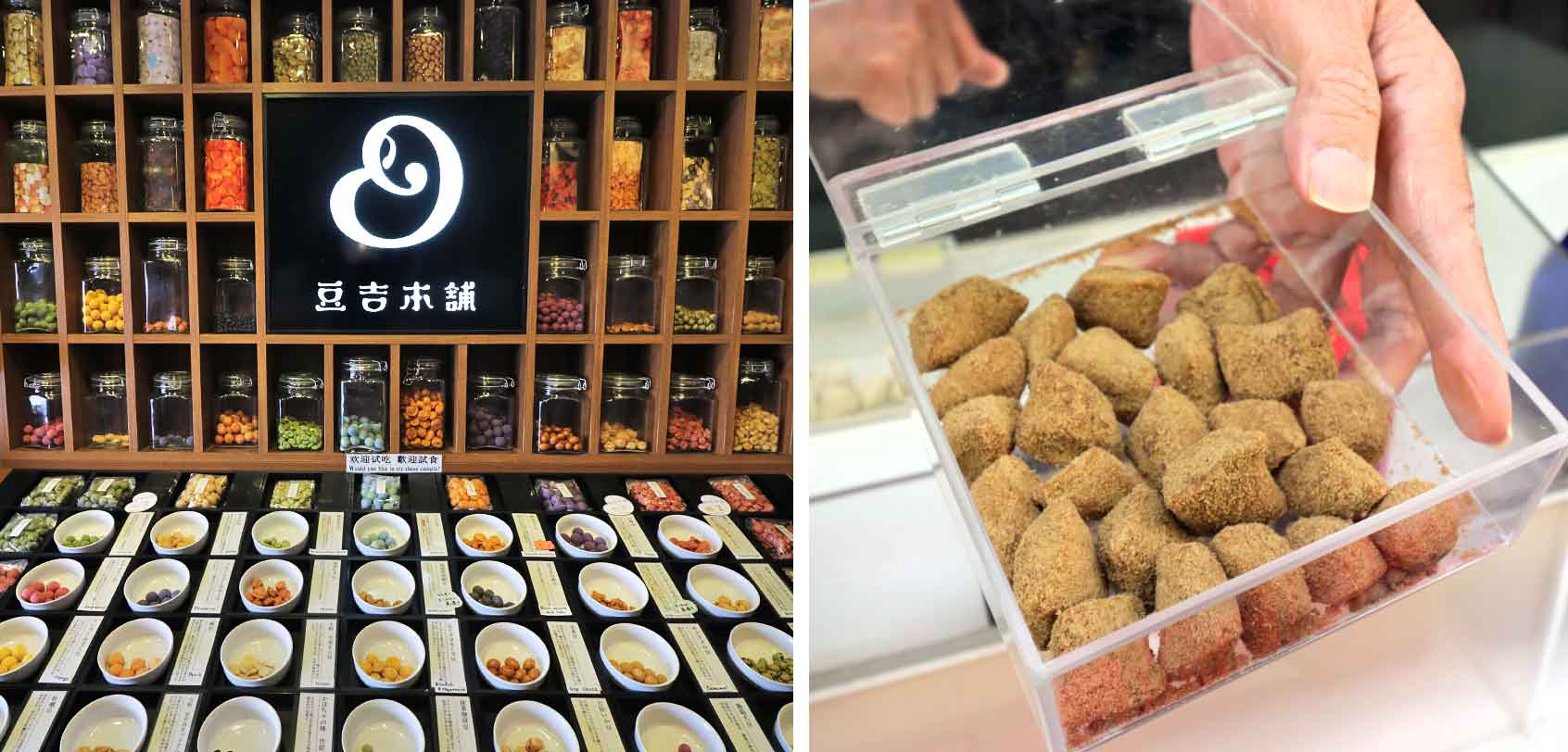
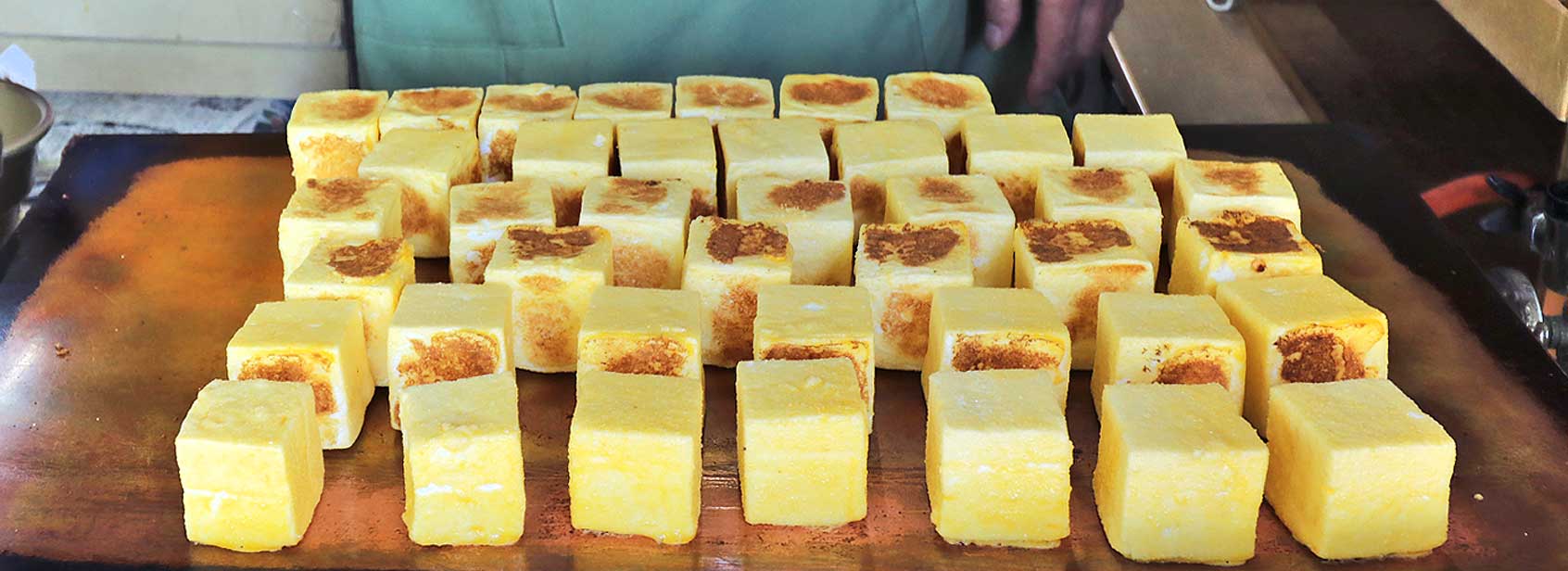
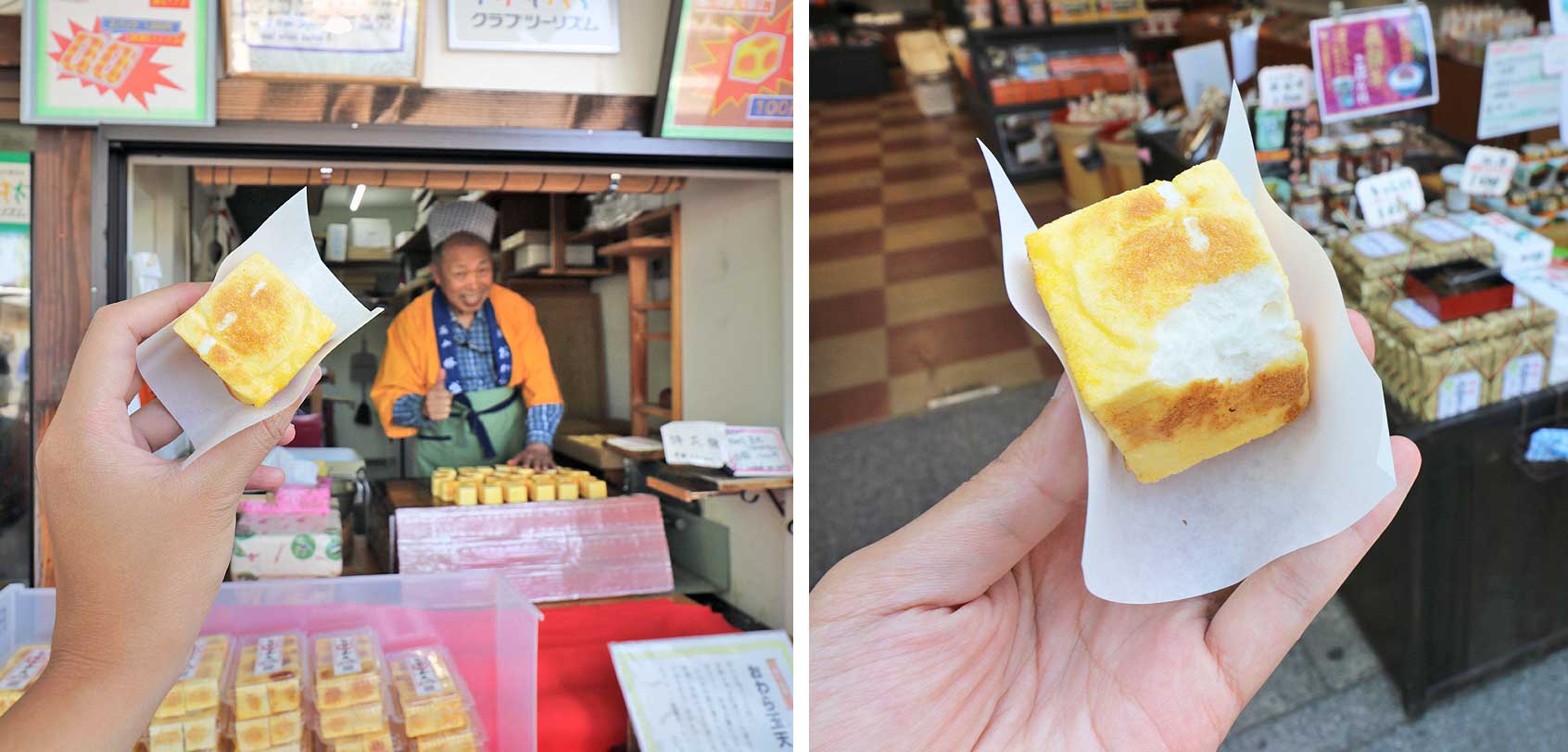
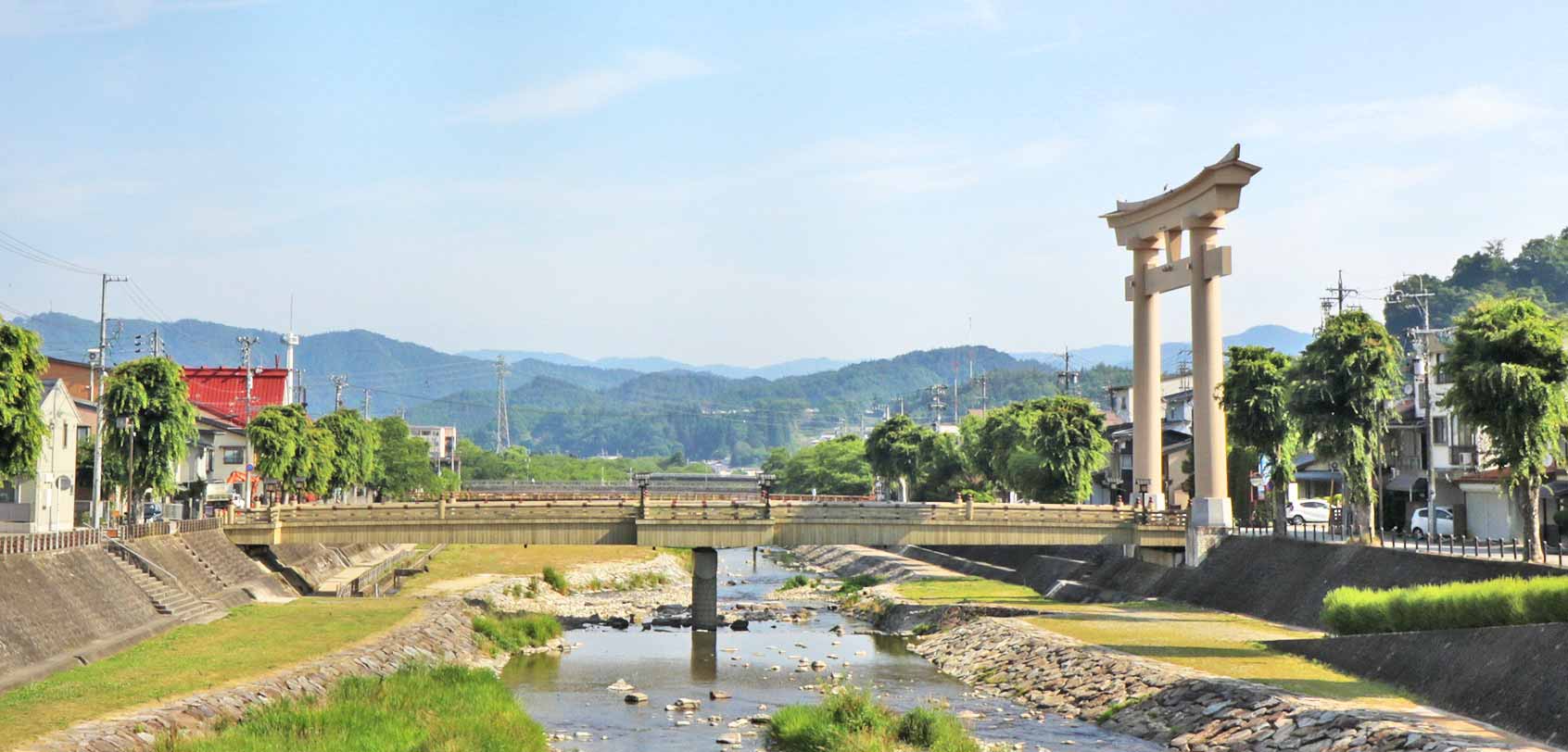
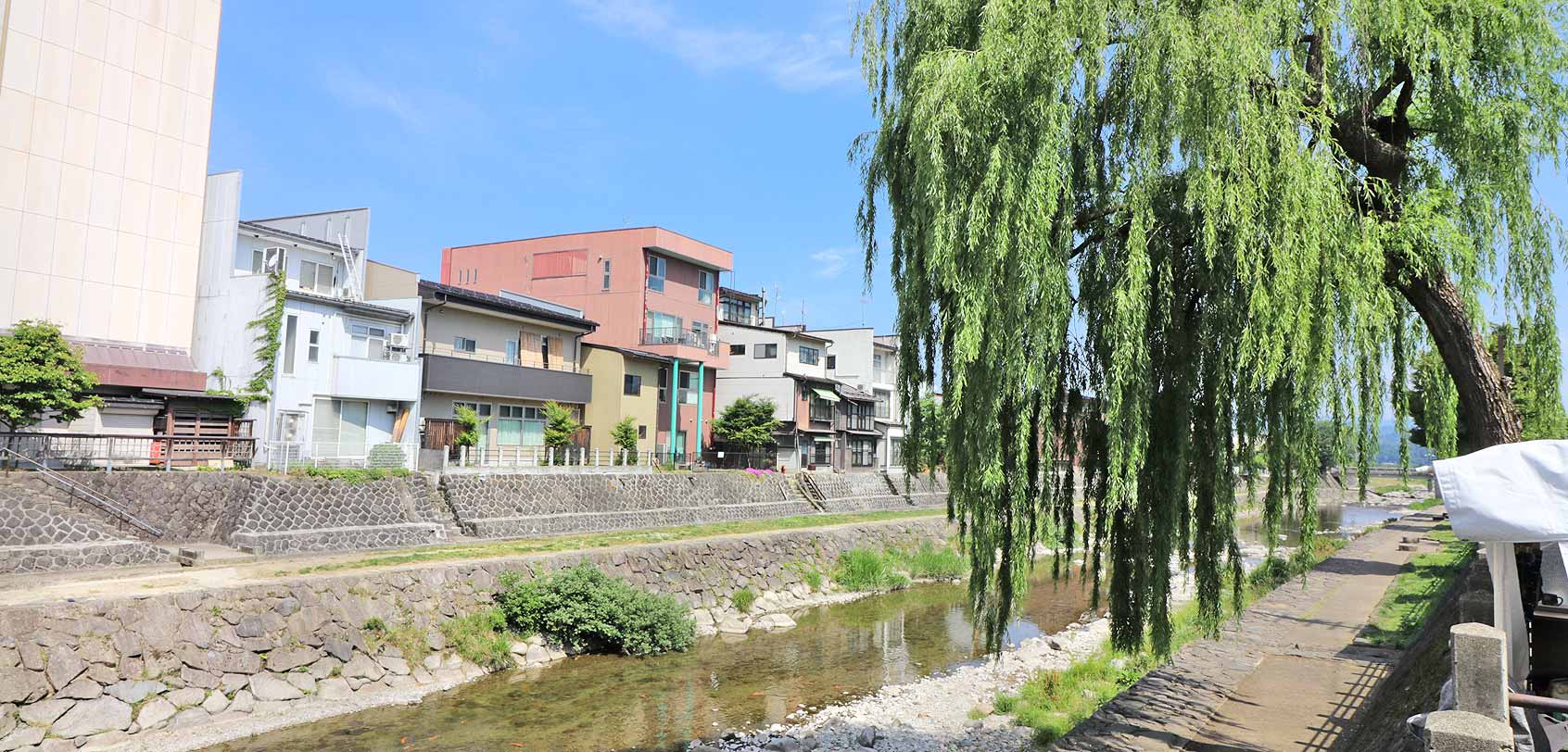
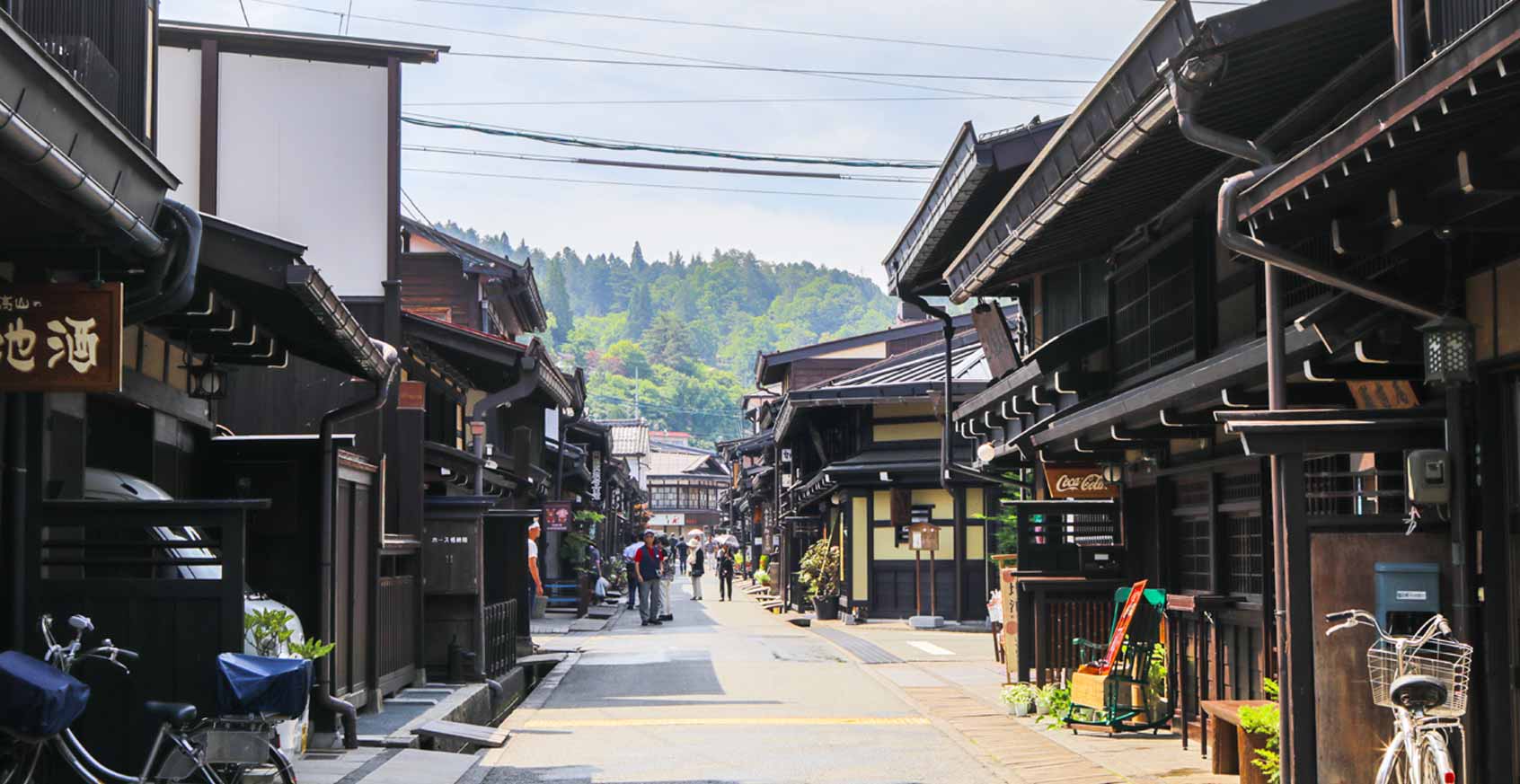
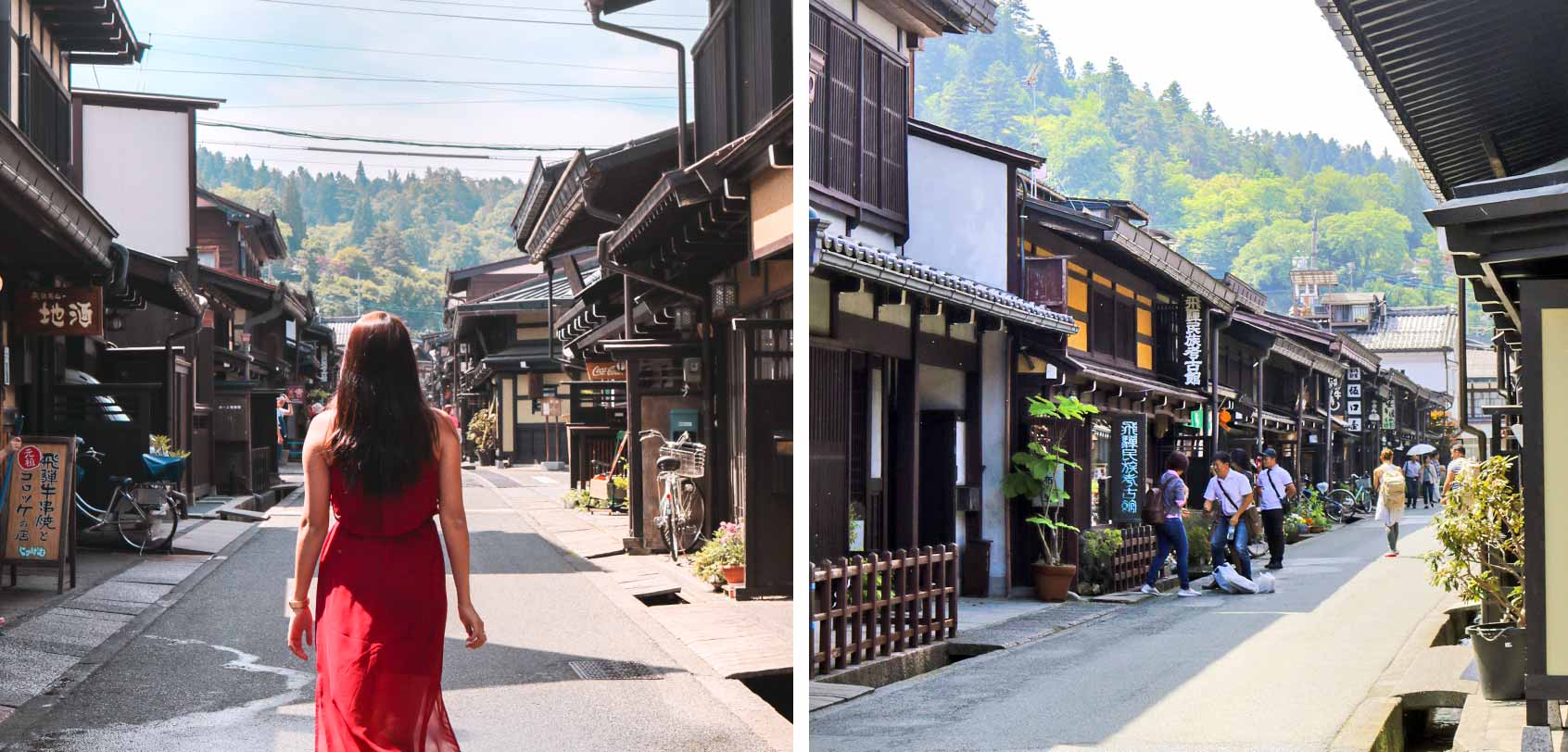
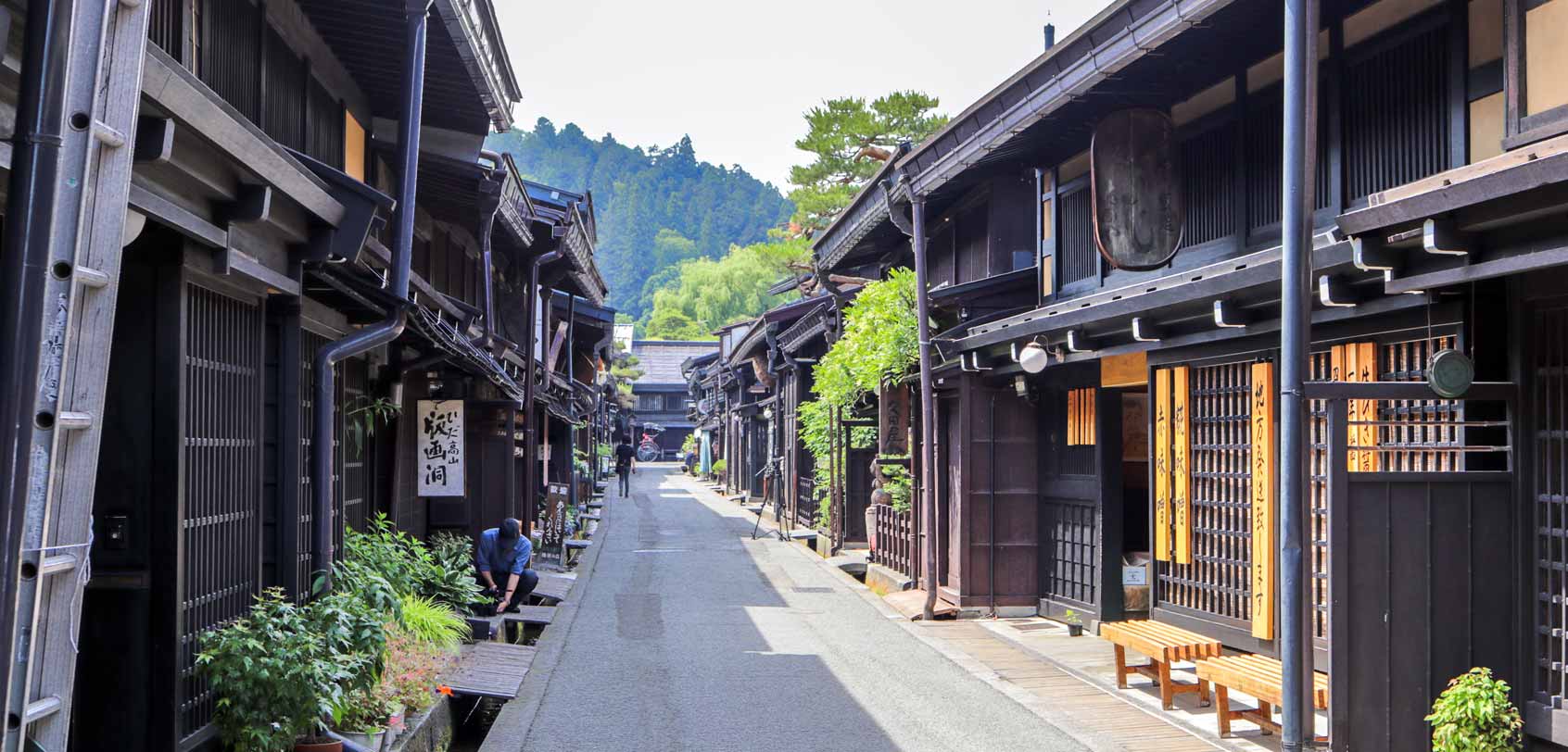
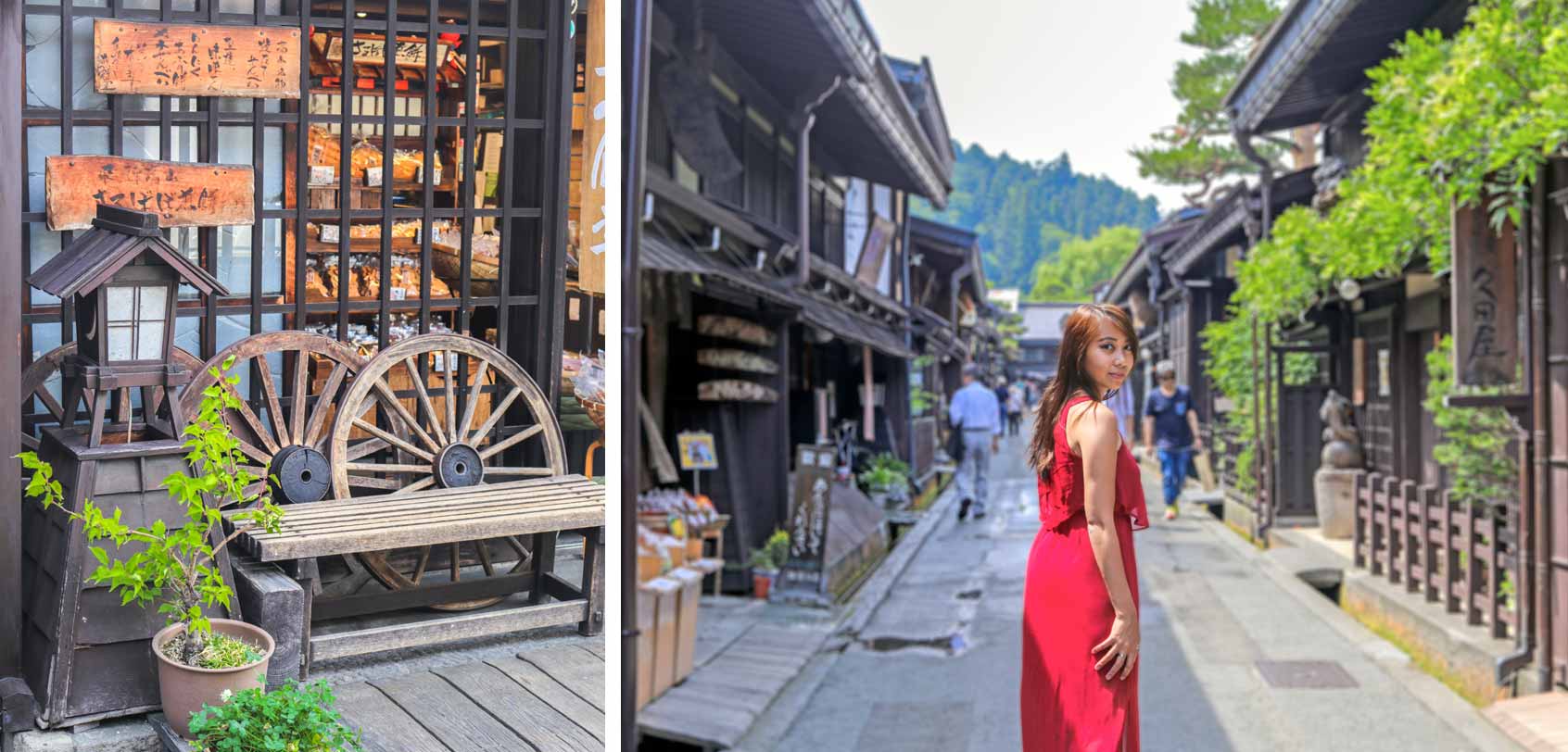
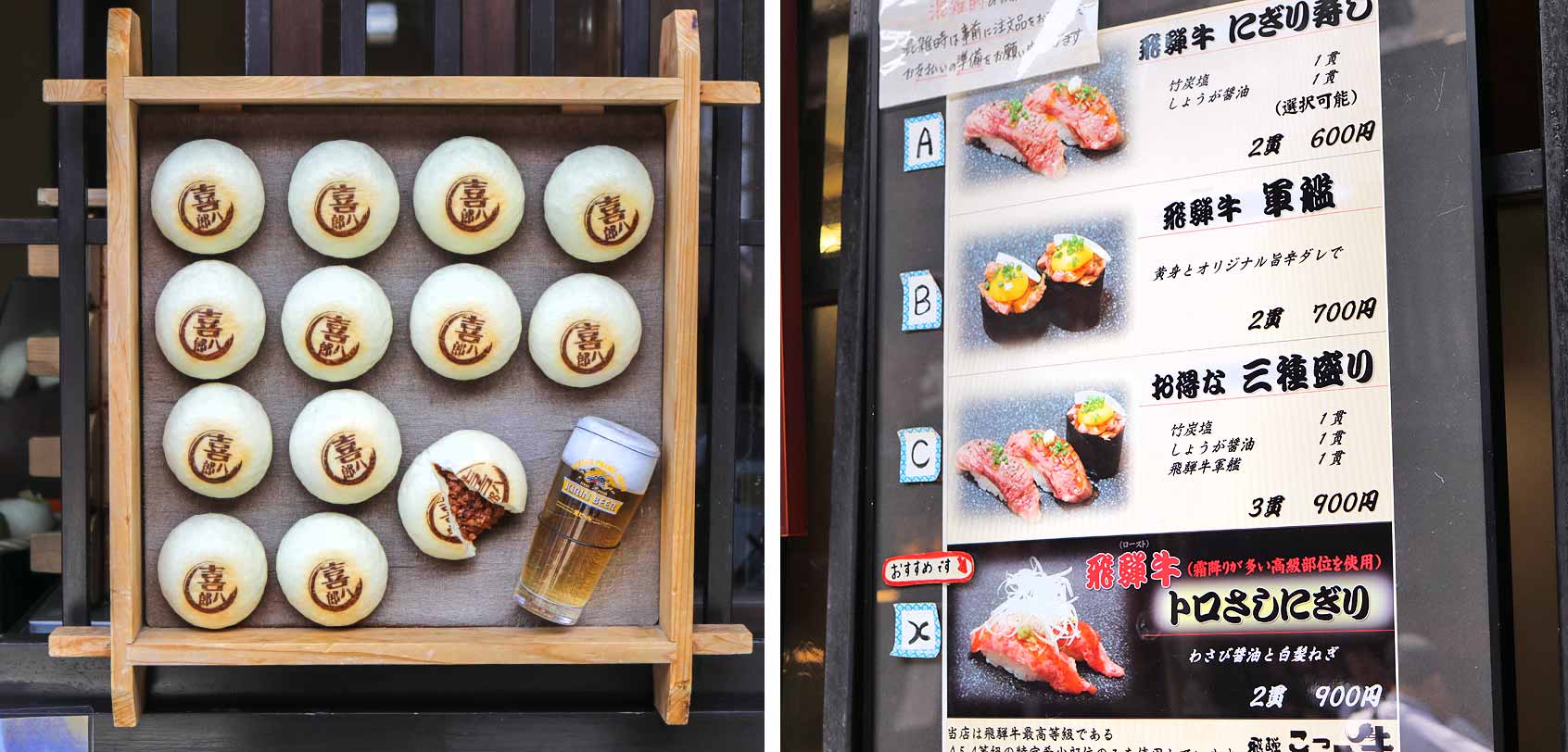
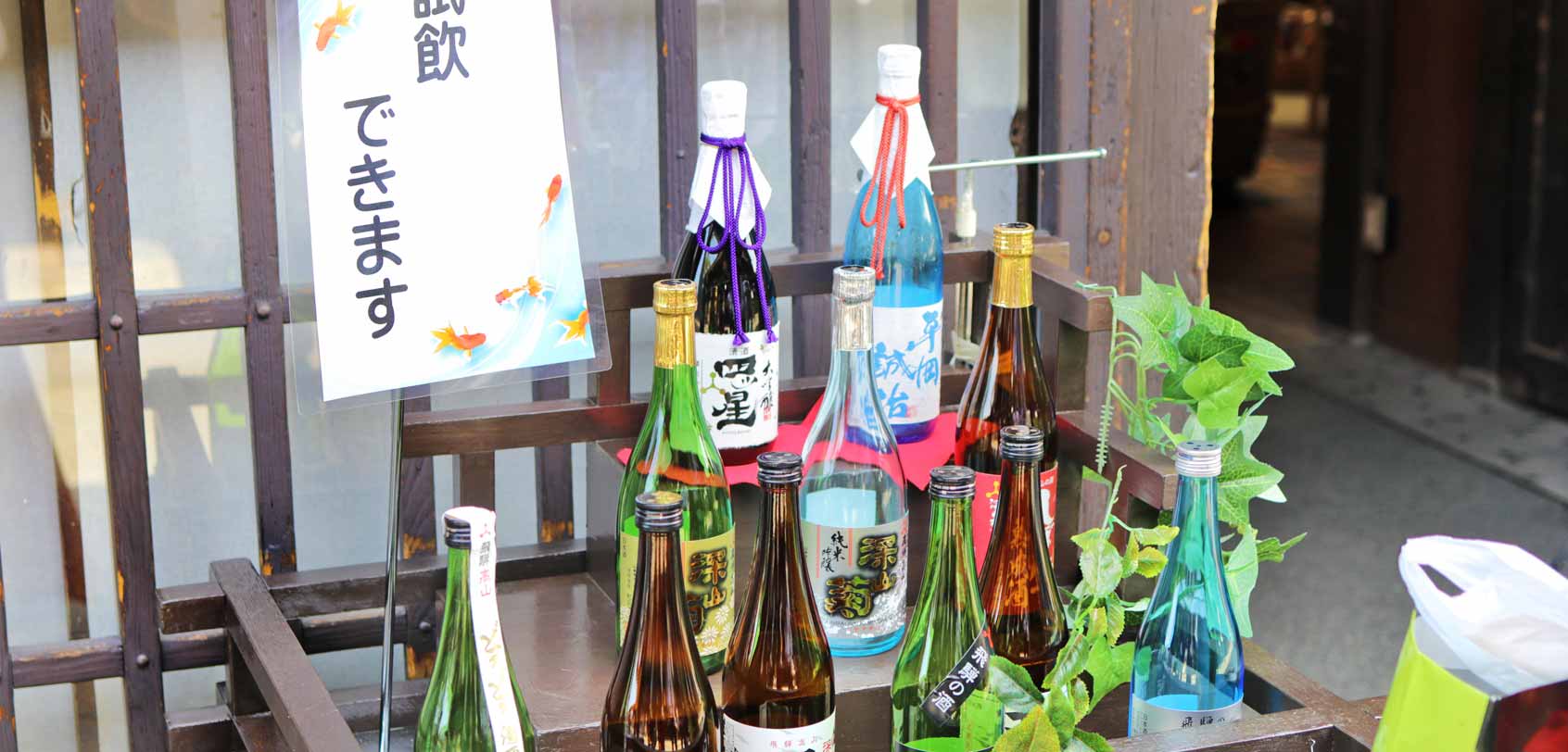
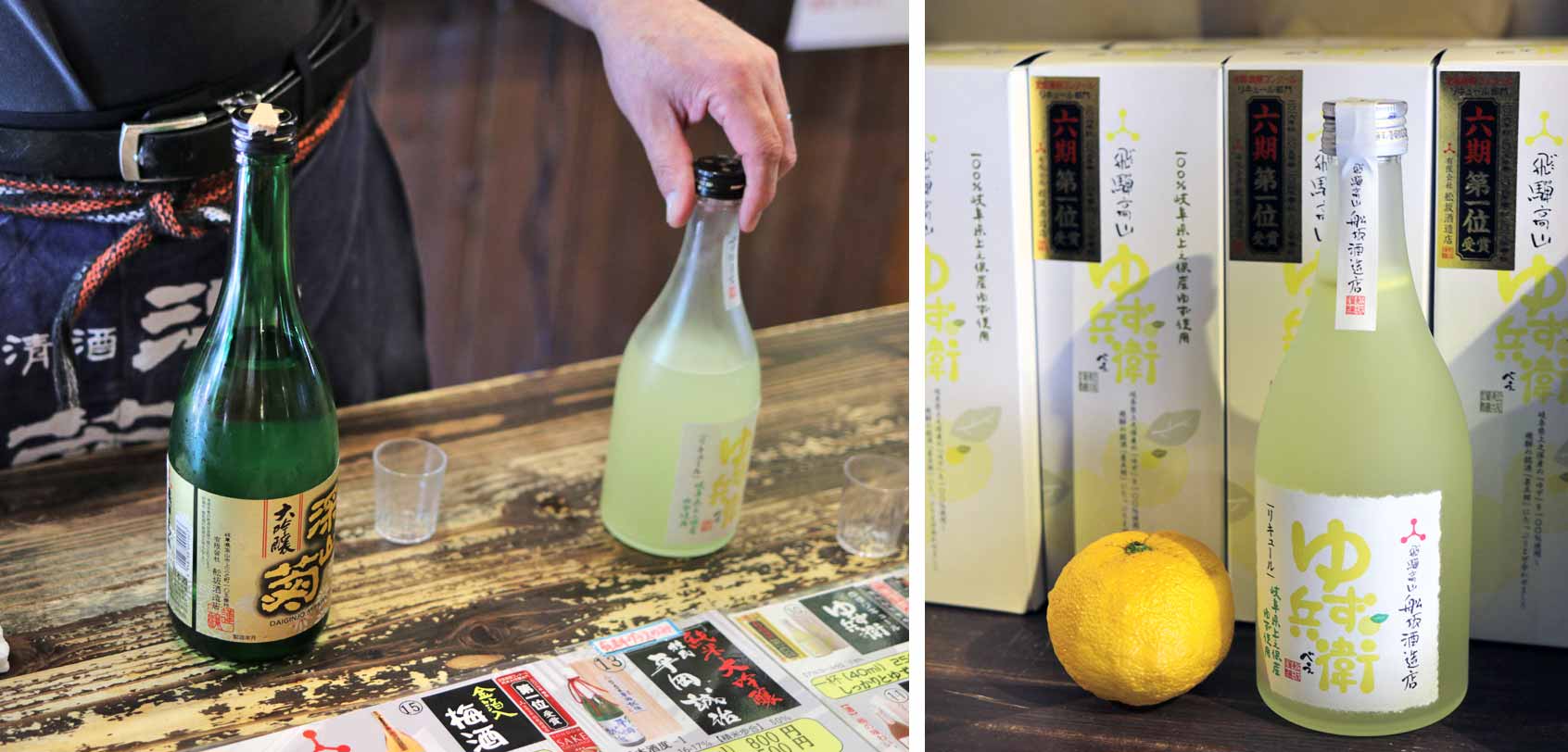
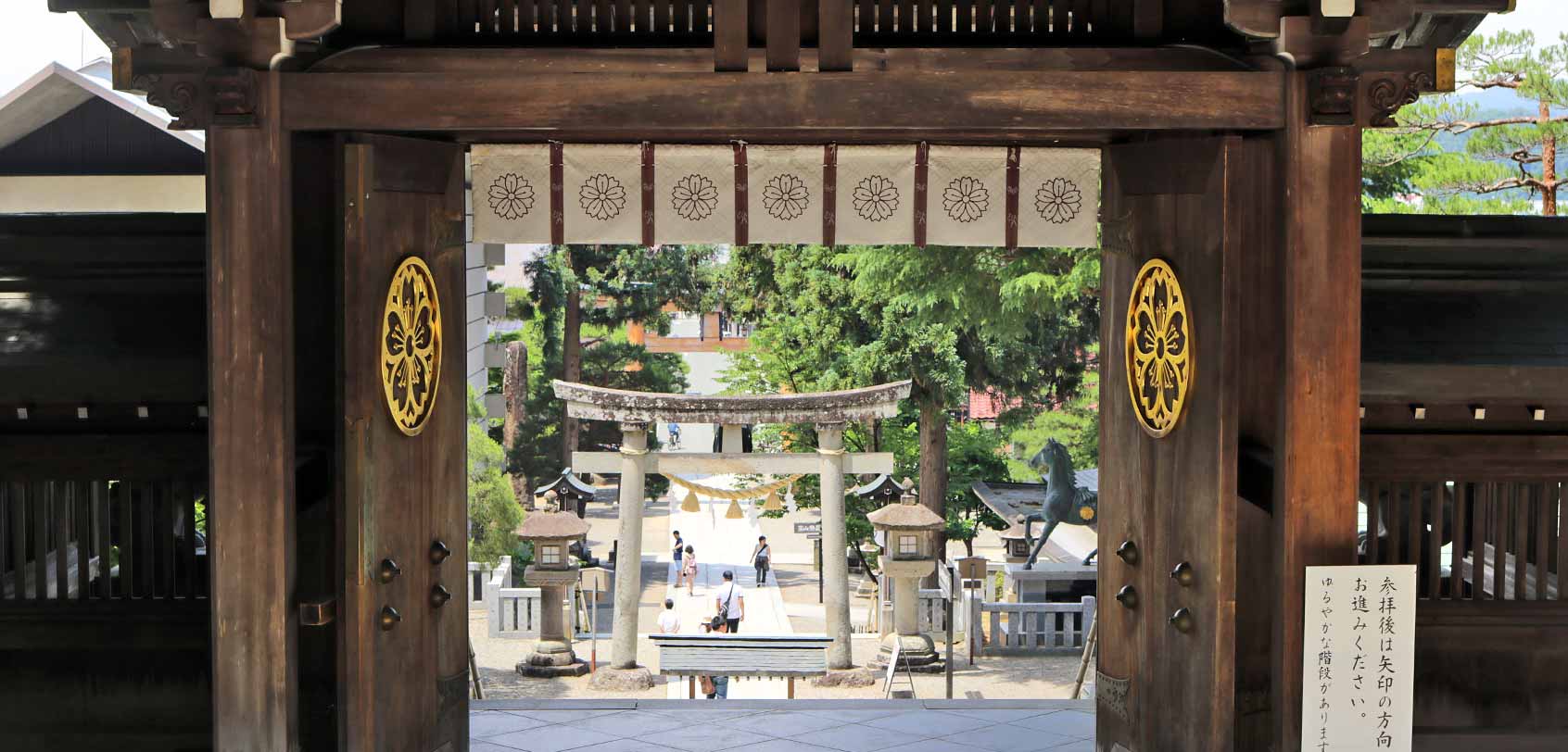
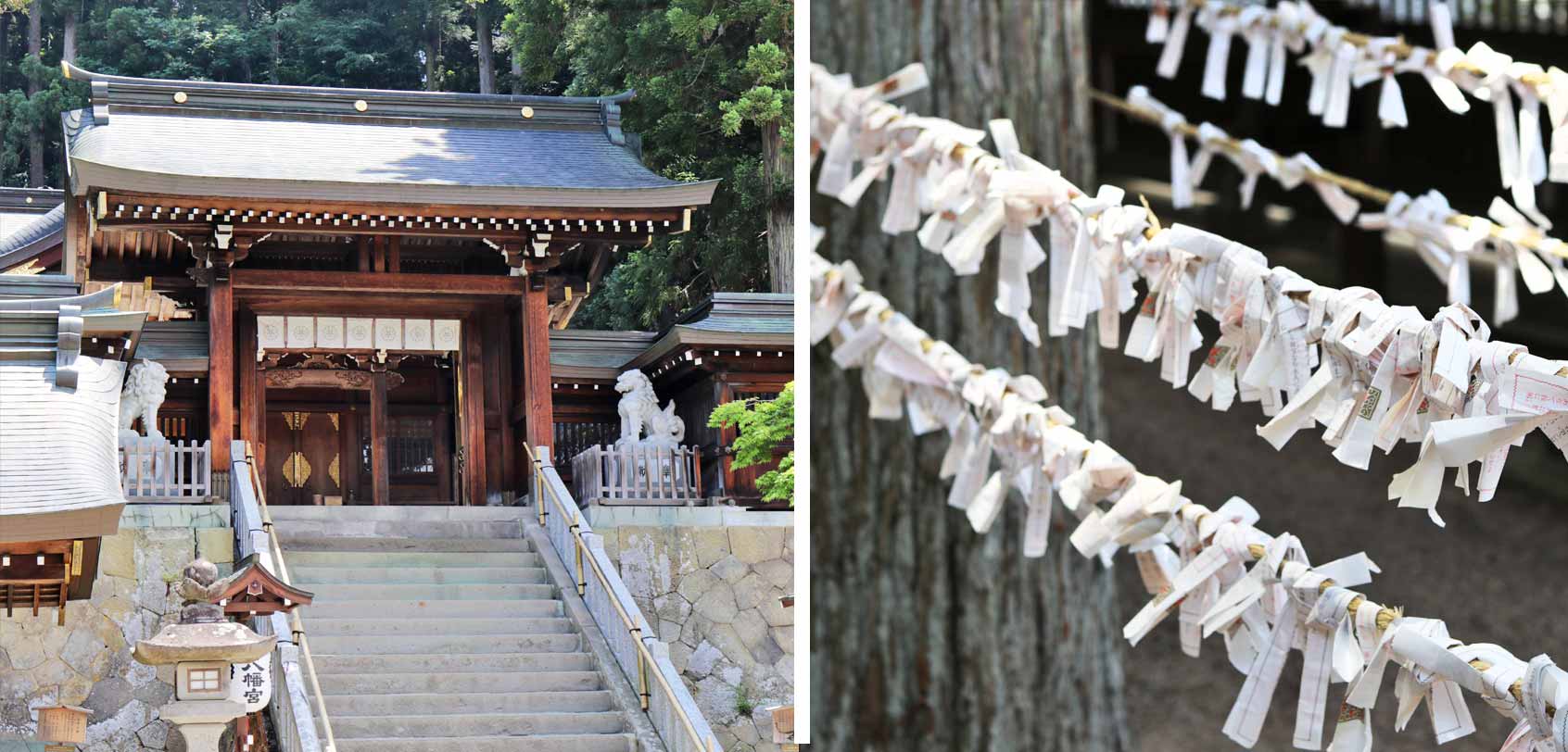
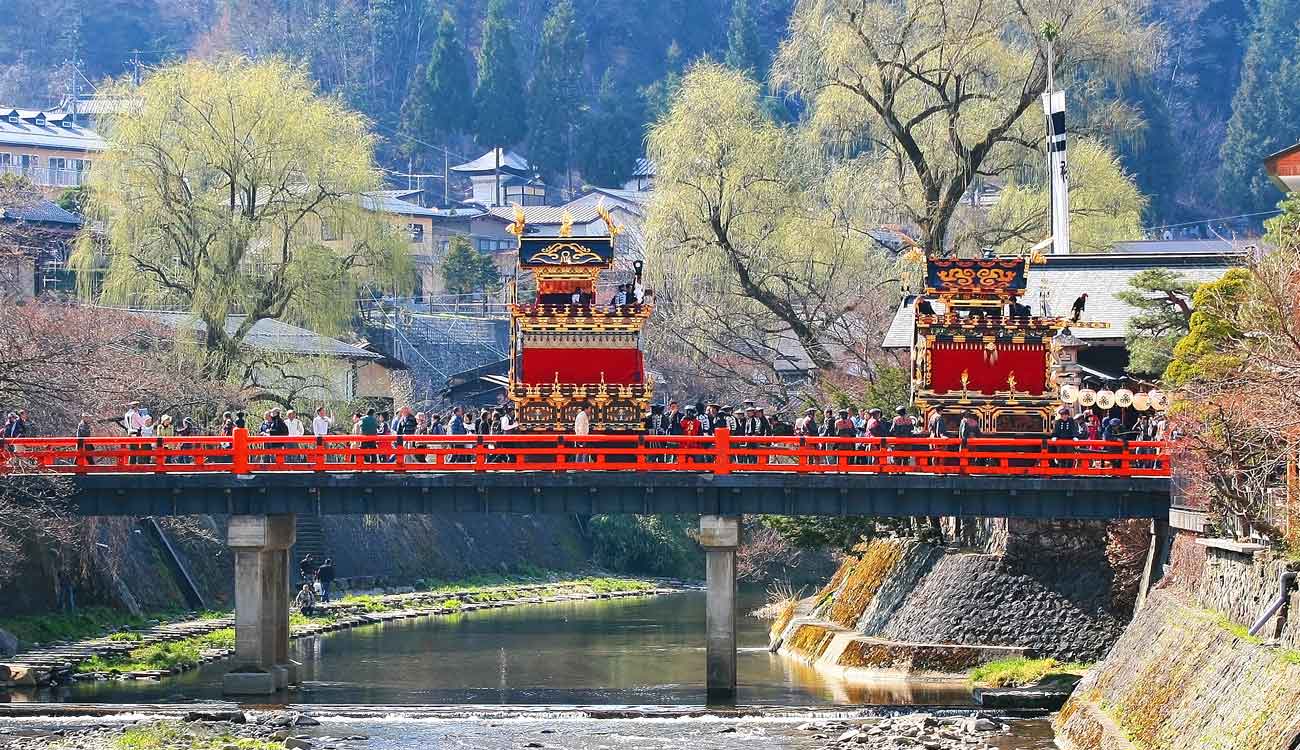

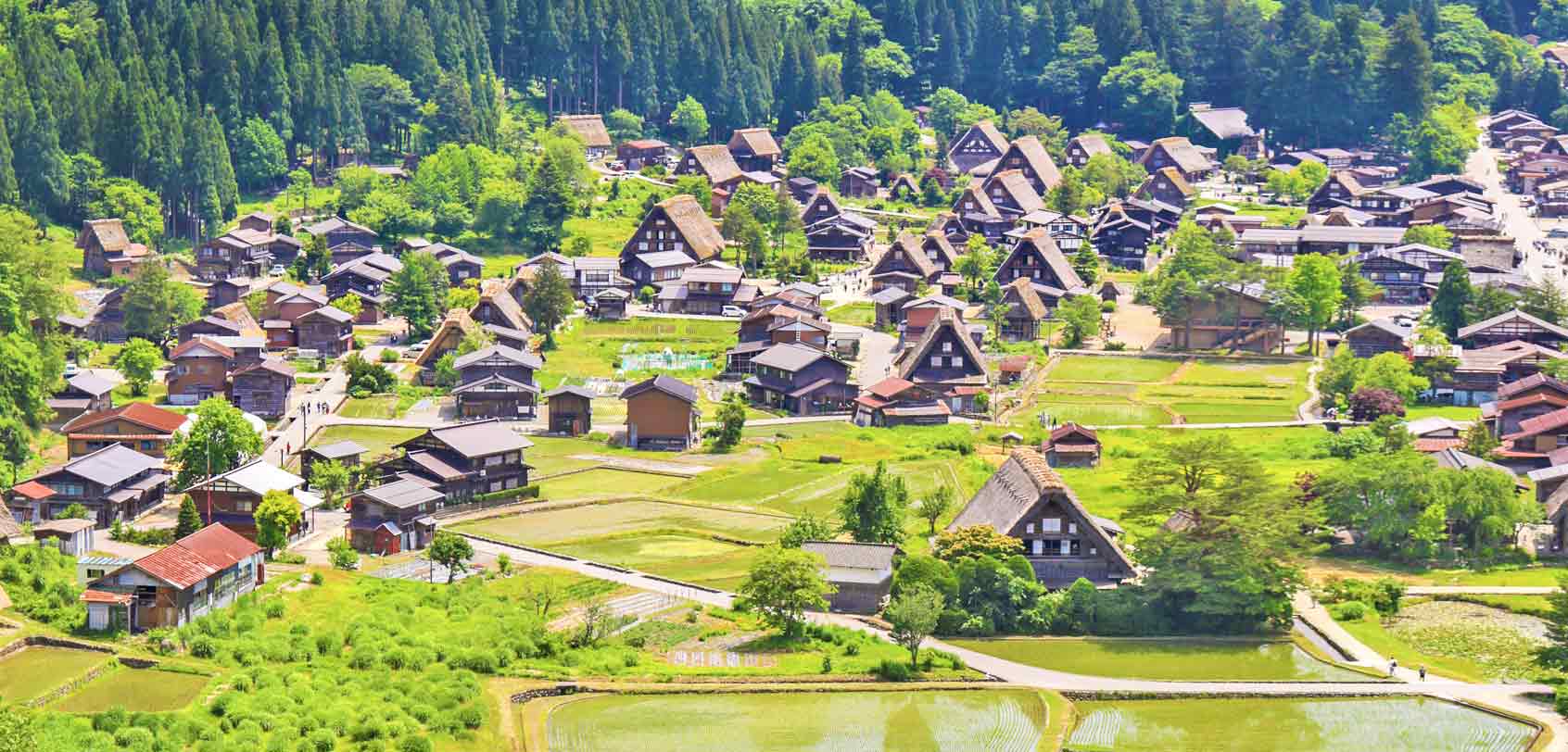
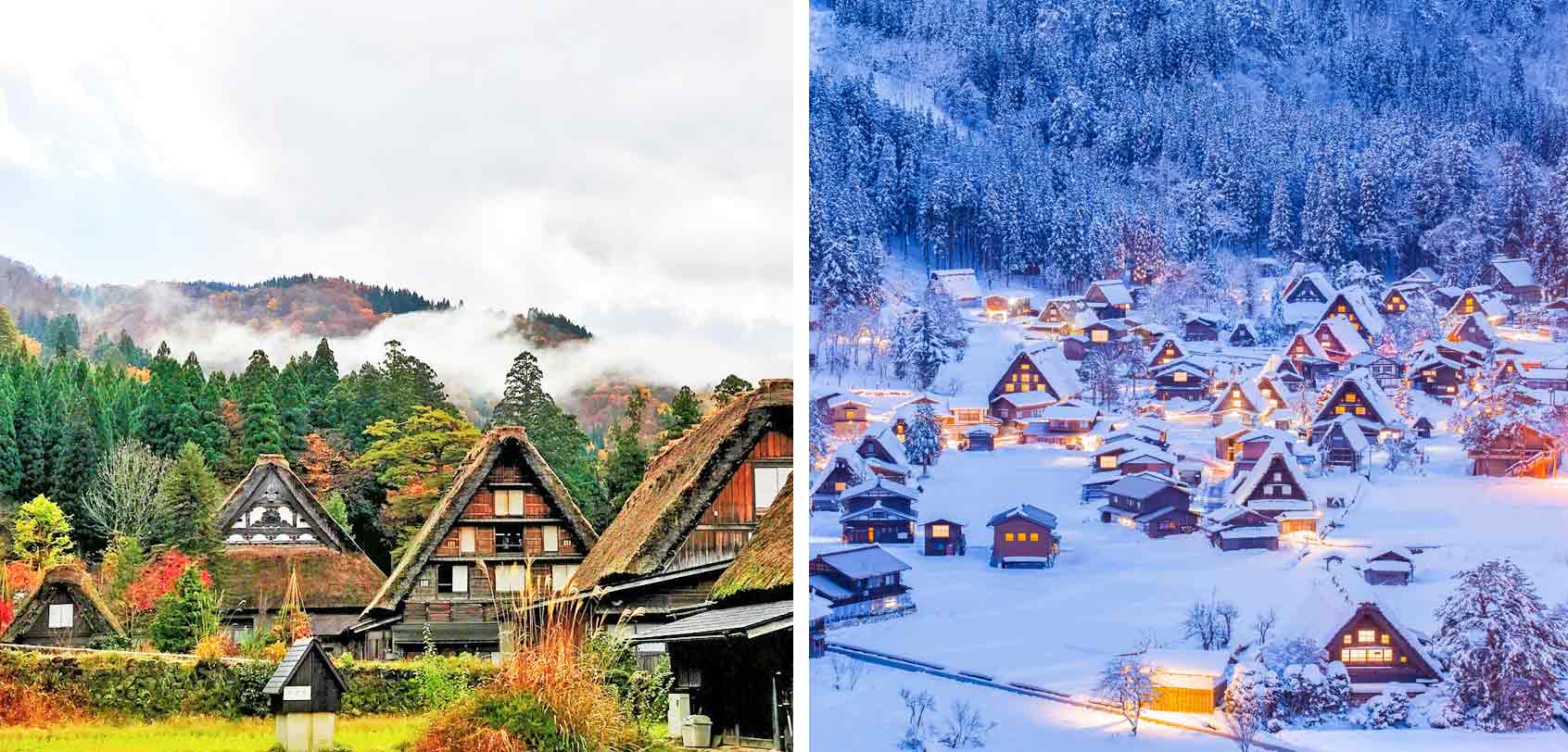
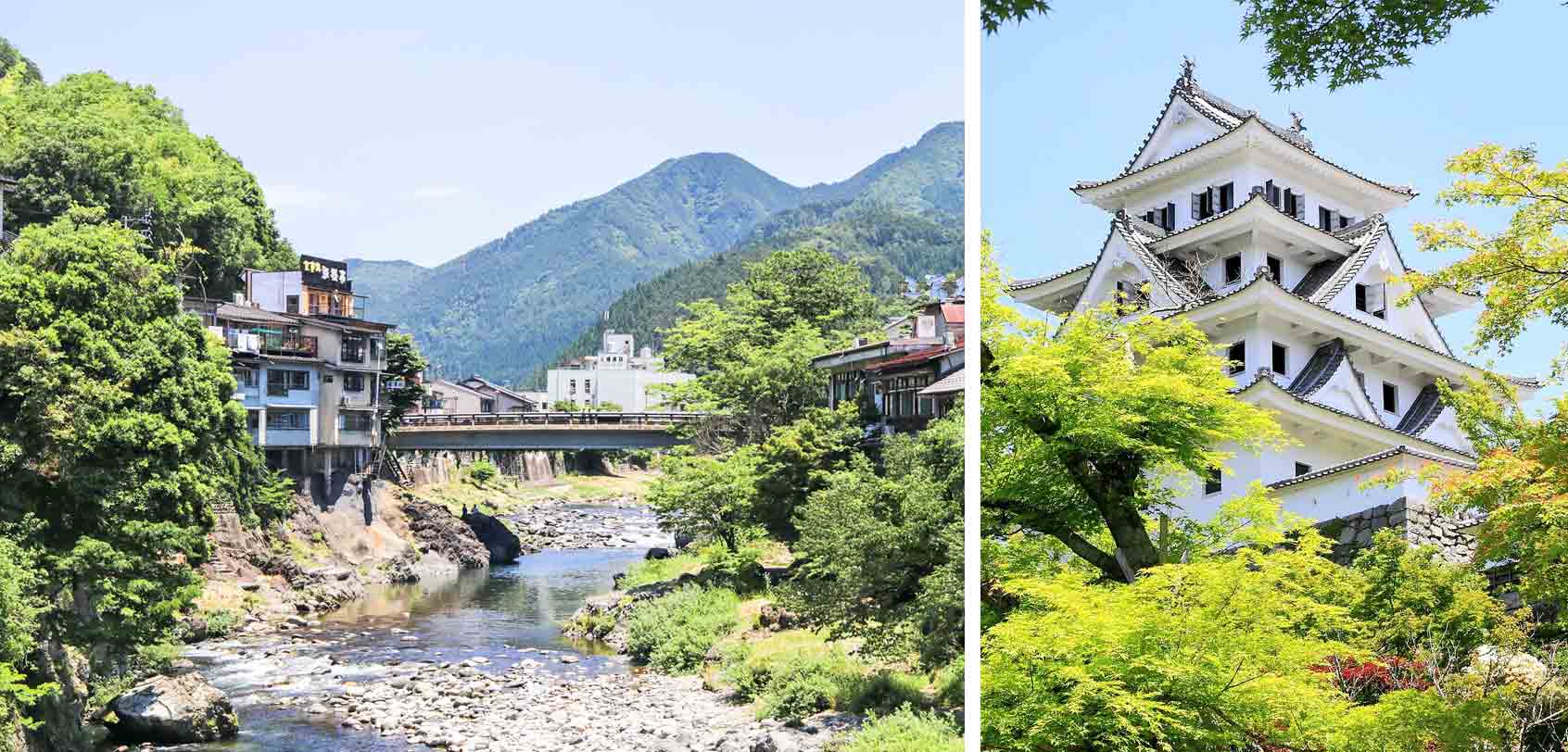

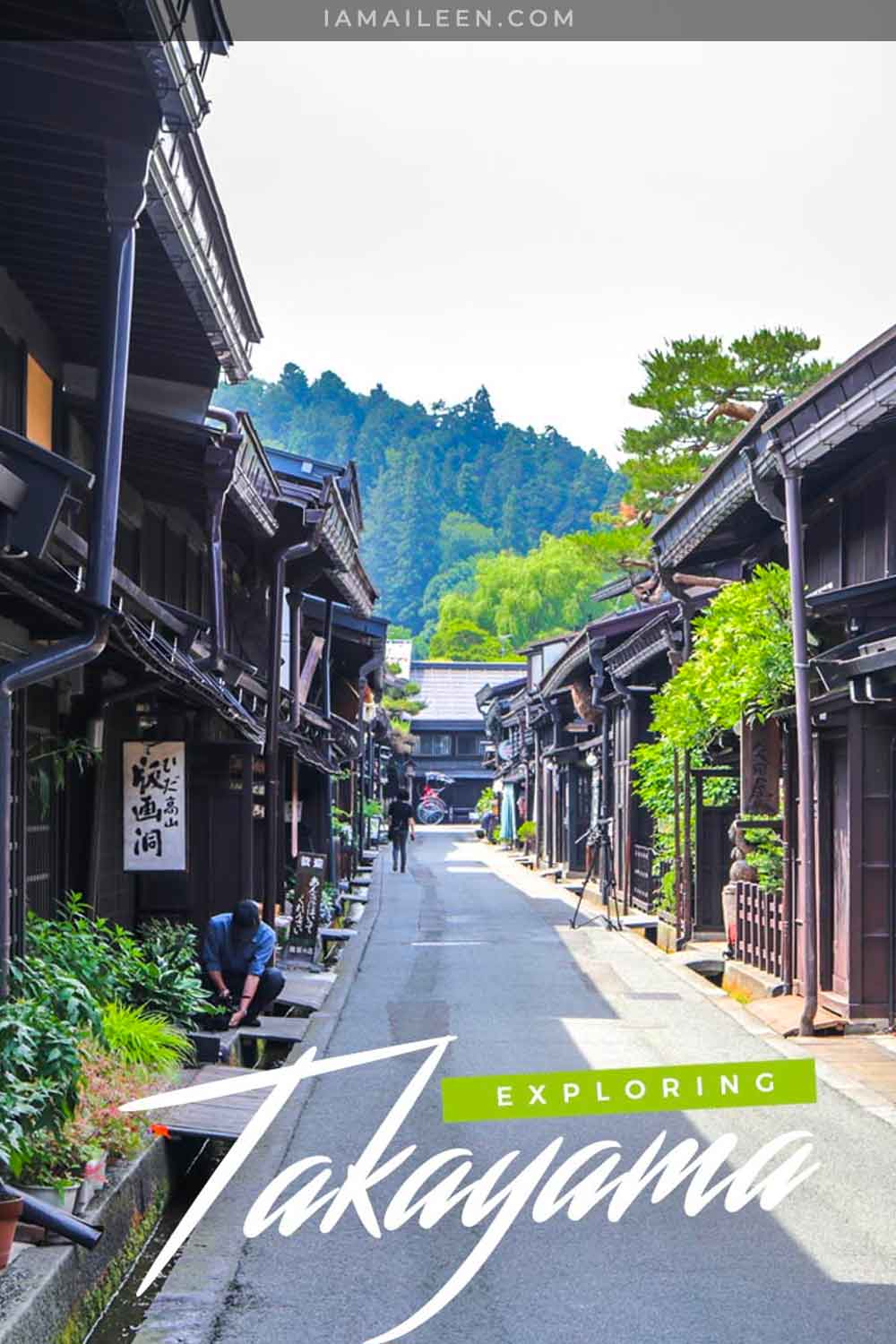


your site is really informative, especially for people who are looking for an off the beaten track itinerary. We were thinking to visit the Fuji area but now we will head to the Chubu region for a more authentic less touristic voyage. thanks
I’m happy to hear this! Hope it helps and enjoy your trip :D